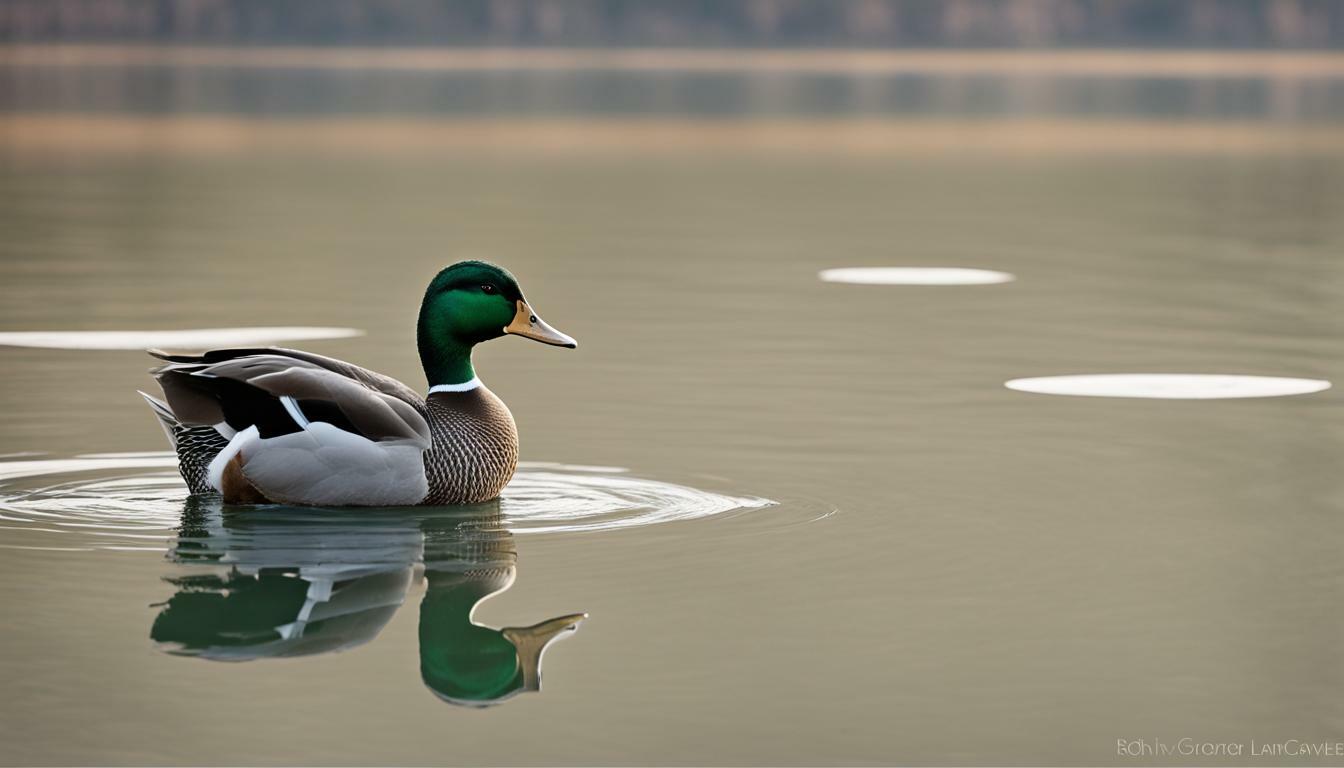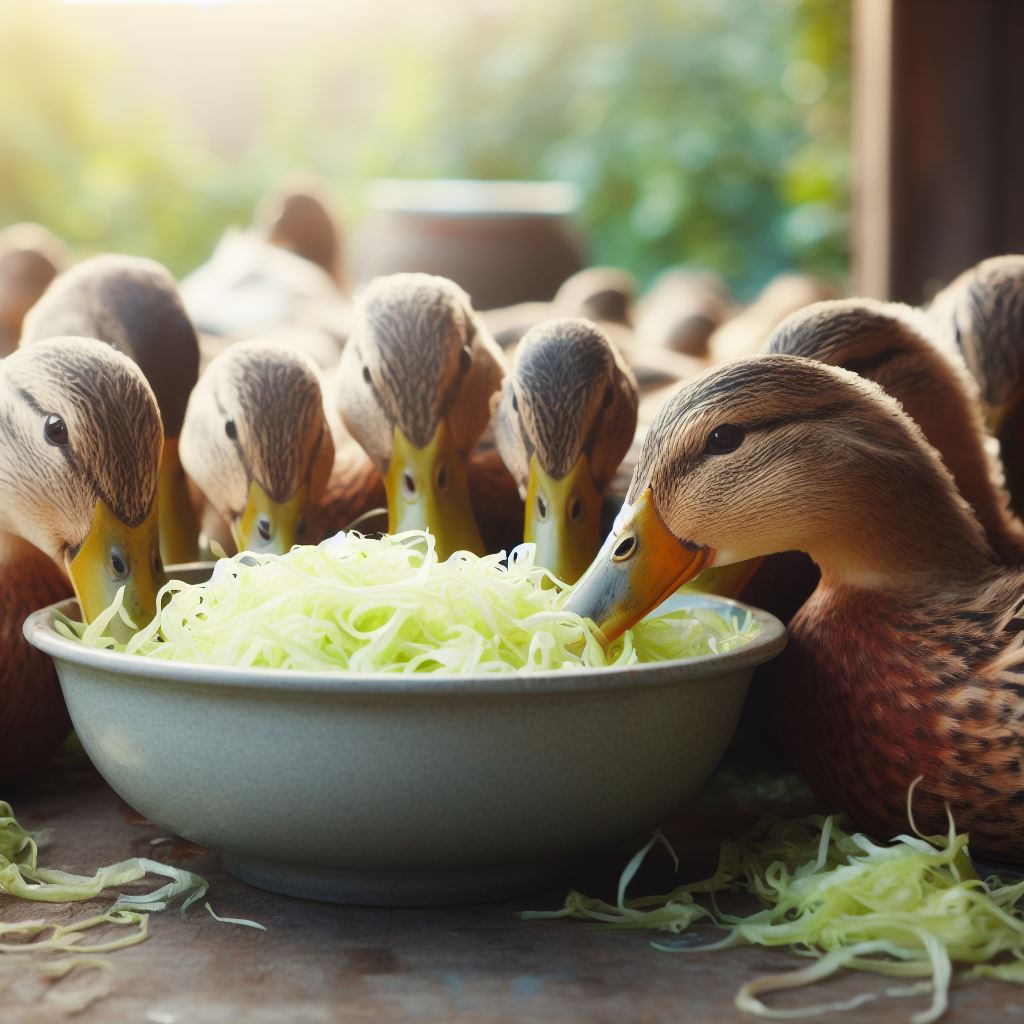When Do Male Rouen Ducks Change Color? A Colorful Transition

Table of content:
The Rouen duck is a popular domestic duck breed known for the striking and distinct coloration of the drakes (males). The Rouen drake has a deep green head, rich claret breast, grey back, and black rear. However, this coloration is not present throughout the entire life of the drake. Rouen drakes go through a seasonal color change that is connected to the molting process.
Reasons For Color Change
During the molting season, Rouen drakes will lose their vibrant plumage as old feathers drop out and new feathers grow in. This leaves drakes with a rather drab and eclipse looking plumage for a period of time. The color change serves an important purpose – camouflaging the drakes during molt when they are vulnerable due to dropped flight feathers.
Once the molt is complete, the new feathers will come in with the drake’s normal coloration. The timing of this annual molt is believed to be an evolutionary adaptation to the breeding season. By molting after breeding season ends, drakes reduce their conspicuousness during the molt period while still having their bright mating plumage during the breeding season.
When Color Loss Begins
The exact timing of the molt and color change varies slightly by region and climate. But generally, Rouen drakes start losing color in late summer to early fall. In outdoor flocks, this color change is usually first noticed in August or September.
By late October to November, most Rouen drakes will have drab “eclipse” plumage consisting of muted brown, grey, white, and black feathers. This provides camouflage as the old, bright feathers are lost. The eclipse plumage lasts through the molt as new feathers grow in.
Regaining Color
As the molt completes, the new feathers coming in will have the typical Rouen drake coloration. This starts becoming noticeable by December or January in outdoor flocks. Slowly the drakes regain their deep green heads, claret breasts, grey backs, and black rears.
By February or March, most Rouen drakes have their full coloration back. This coincides with the start of breeding season, ensuring the drakes have their most attractive mating plumage on display. Some drakes may take a little longer to get full color if their molt was delayed. But by April, all Rouen drakes should have their normal plumage again.
Molting Phases
The molting process that causes the temporary color change consists of two phases:
Eclipse Molt
The eclipse molt leads to the drab eclipse plumage. During this molt, Rouen drakes will lose their bright head, breast, back, and tail feathers. Most body feathers and wing feathers are also shed. This leaves the drakes in muted brown eclipse plumage until the next molt phase.
Definitive Molt
The definitive molt phase restores the normal colorful plumage. The new feathers growing in during this phase will have the proper Rouen drake colors – green head, claret breast, grey back, black rear. Once the definitive molt is complete, the drake’s bright plumage will be regained.
Triggers for Molt
The hormonal changes related to breeding season and day length help trigger the molting process in Rouen drakes. As breeding season ends and days shorten, hormonal shifts initiate the eclipse molt.
Decreasing light exposure causes testosterone levels to decline, while prolactin and melatonin increase. These hormonal changes stimulate the molt. Once breeding season begins again, the reversal of these hormonal shifts will trigger the definitive molt.
Age Impact on Color
Baby Rouen drakes (ducklings) have a different juvenile plumage from adult drakes. For the first few months of life they will be yellow or brown with darker speckled patterns. Around 3-5 months old the first eclipse molt will occur.
After this molt the young drakes will have dull plumage like older drakes do during eclipse molt. Their first definitive molt and acquisition of full adult color happens between 5-7 months of age. From then on, the annual cycle of eclipse and definitive molts continues.
Is Color Change Normal?
The seasonal color change seen in Rouen drakes is completely normal. The temporary drab eclipse plumage is simply a phase all Rouen drakes go through during molt.
As long as drakes regain their full coloration by springtime, there is nothing wrong. Some individual drakes may molt faster or slower, leading to variation in when their color starts fading and returns. But the overall molt cycle is genetically programmed into the breed.
Caring For Molting Ducks
The molting period is demanding and draining for ducks. Here are some tips for caring for Rouen drakes during molt:
- Provide a high protein, nutritious diet to support feather regrowth. Supply ample layer feed.
- Offer shelter from sun, heat, and cold since new feathers don’t provide insulation yet.
- Have water available for bathing and preening new feathers.
- Check for pin feathers that may need attention to avoid discomfort.
- Apply bird-safe oils like coconut oil to soften old feathers before loss.
- Separate from hens if drakes are overly picked on during molt.
- Give ample resting space and cover to reduce stress.
With attentive care during the demanding molt, Rouen drakes will return to their handsome vibrant plumage again in springtime. The dazzling colors make the patience through molt worthwhile.
When to Seek Help
While molt itself is normal, some issues can stem from it. Consult a vet or expert if drakes show:
- Loss of all feathers (baldness)
- Inability to regrow feathers
- Retained pin feathers
- Extreme lethargy or weakness
Rapid weight loss, blood in feathers, or abnormal swelling can also indicate underlying health conditions needing attention. Catching any problems early improves the chances of successful treatment.
Final Thoughts
The temporary drab eclipse plumage of Rouen drakes is simply a phase in their annual molt cycle. With attentive care and patience, their handsome colors will return by springtime. Understanding the natural timing and purpose of this seasonal change helps duck owners appreciate the amazing adaptation. After surviving the high risks of molt, vibrant drakes in spring are a welcomed sight!
Welcome. I’m Adreena Shanum, the proud owner of this website, and I am incredibly passionate about animals, especially poultry. I founded adreenapets.com as a labor of love, stemming from my desire to share my knowledge and experiences with poultry enthusiasts worldwide.




